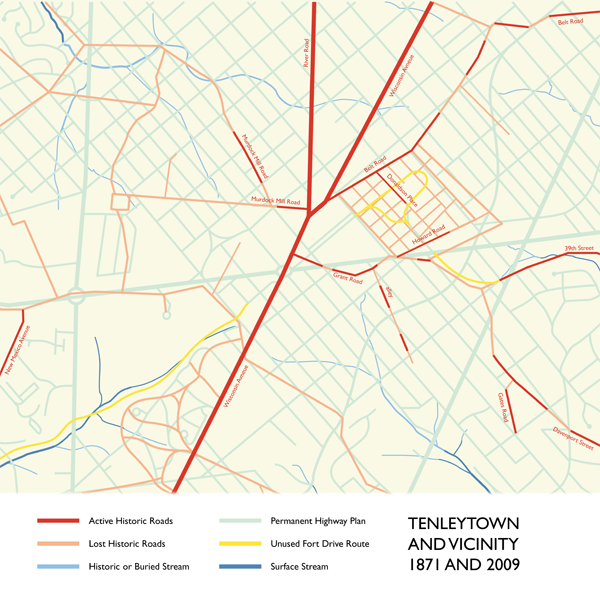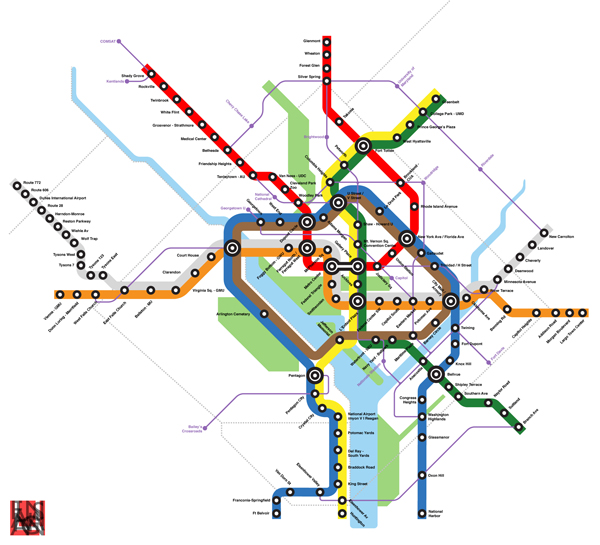Last night, the Zoning Commission voted unanimously (4 to 0) to approve the
Giant PUD Application. The zoning process was robust, transparent, and fair and it yielded a terrific overall result.
He’s right, the overall result is excellent urban planning and competent architecture that adds considerably more and better density to a major thoroughfare, while also managing to unite a mottled context of various building types and styles. The architects, Street-Works, have produced excellent cityscapes work in Shirlington, Reston, and Bethesda. Based on their prior experience, it’s safe to predict that the project will be a success. More than that, I predict that the already thriving area will become a new locality, a broad place that people will perceive intuitively as distinct from Cleveland Park and Cathedral Heights.
And that’s a good thing, because Wisconsin Avenue needs more of this healthy density. The example that this sets will be a lesson to Ward 3, demonstrating how a few stores and few more stories can create an enjoyable neighborhood center. Not only will the extreme non-failure of the site be ammunition for people who support smart growth, it will serve as a billboard for those who are not engaged in debates, that urbanism is possible in Northwest. But it will be some time before the buildings are built and the storefronts occupied, so until then, activists for urban neighborhoods will have to focus on two things.
- Getting there. One of the criticisms of the new project stemmed from the limited mass transit options in the proposal, legitimate concerns that need to be addressed. WMATA needs to step up bus service and introduce an express line on Wisconsin, either to Georgetown or Woodley Park. Bus facilities such as bus bulbs need to be added to Wisconsin, even at the expense of roadway space. Likewise, DC ought to facilitate the placement of SmartBike facilities, bike racks, and carsharing spaces.
- Connecting the surrounding neighborhoods. People must be able to walk to the new development. The current plans emphasize pedestrian traffic, but DDOT needs to improve the streetscape around Macomb, to lure neighborhood residents off of side streets. Without buffering from Wisconsin or new signals along Wisconsin, pedestrians lose the calmness that makes walking so appealing.
Those who fought hard to get the right kind of development should not give up the momentum they have now, and instead should fight for even better facilities. This includes opponents, who should still look to make the area as leafy as possible, and ensure that Giant sticks to its promises. Resident involvement is one of the most crucial parts of developing community, so although the fight over the Giant has been so acrimonious, it’s important to realize that it will happen, and anyone interested must remain involved in working to ensure good growth elsewhere in the neighborhood.
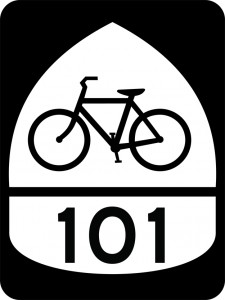
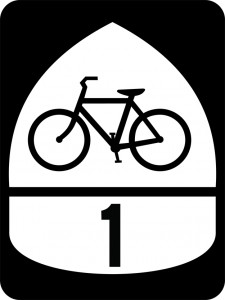
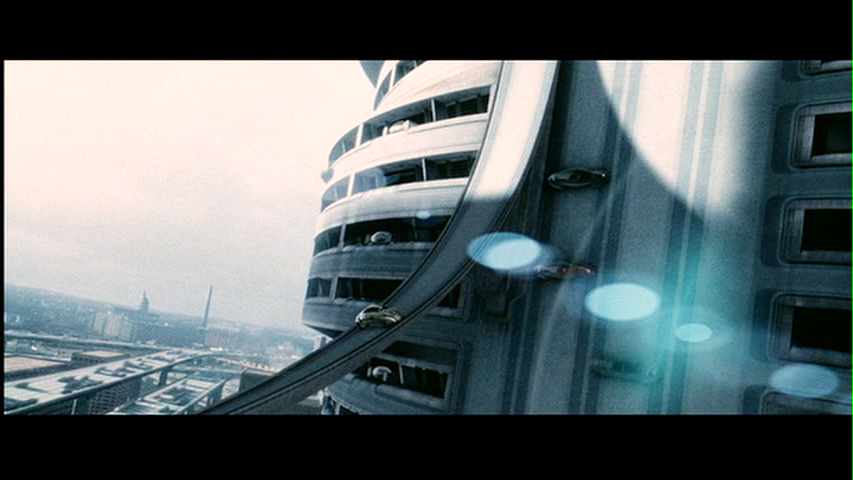


 I noticed yesterday that DC has re-signed Murdock Mill Road, down off River Road in Tenleytown. It’s a nice little reminder of history – and of natural geography – among the rationalist streets of the city plan laid down in 1897. While those straight, predictable lines make navigating the city easy, they did erase the context and history of what was Washington County. By its perseverance, this little snippet of prior use reminds residents of the pre-urban past, adding quiet character to the neighborhood.
I noticed yesterday that DC has re-signed Murdock Mill Road, down off River Road in Tenleytown. It’s a nice little reminder of history – and of natural geography – among the rationalist streets of the city plan laid down in 1897. While those straight, predictable lines make navigating the city easy, they did erase the context and history of what was Washington County. By its perseverance, this little snippet of prior use reminds residents of the pre-urban past, adding quiet character to the neighborhood.